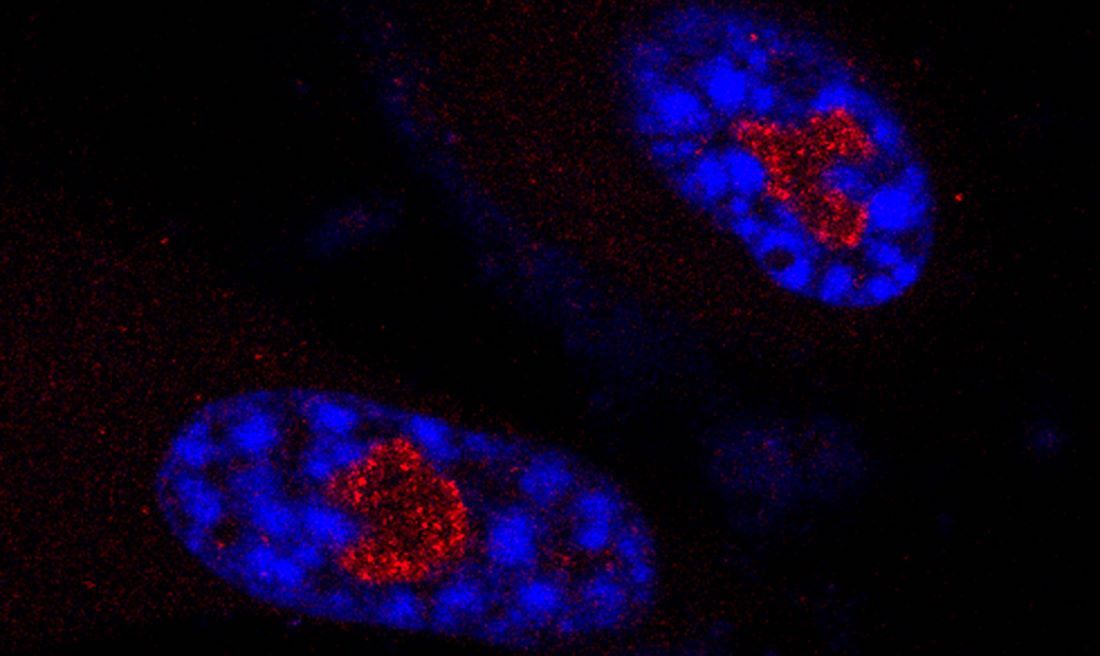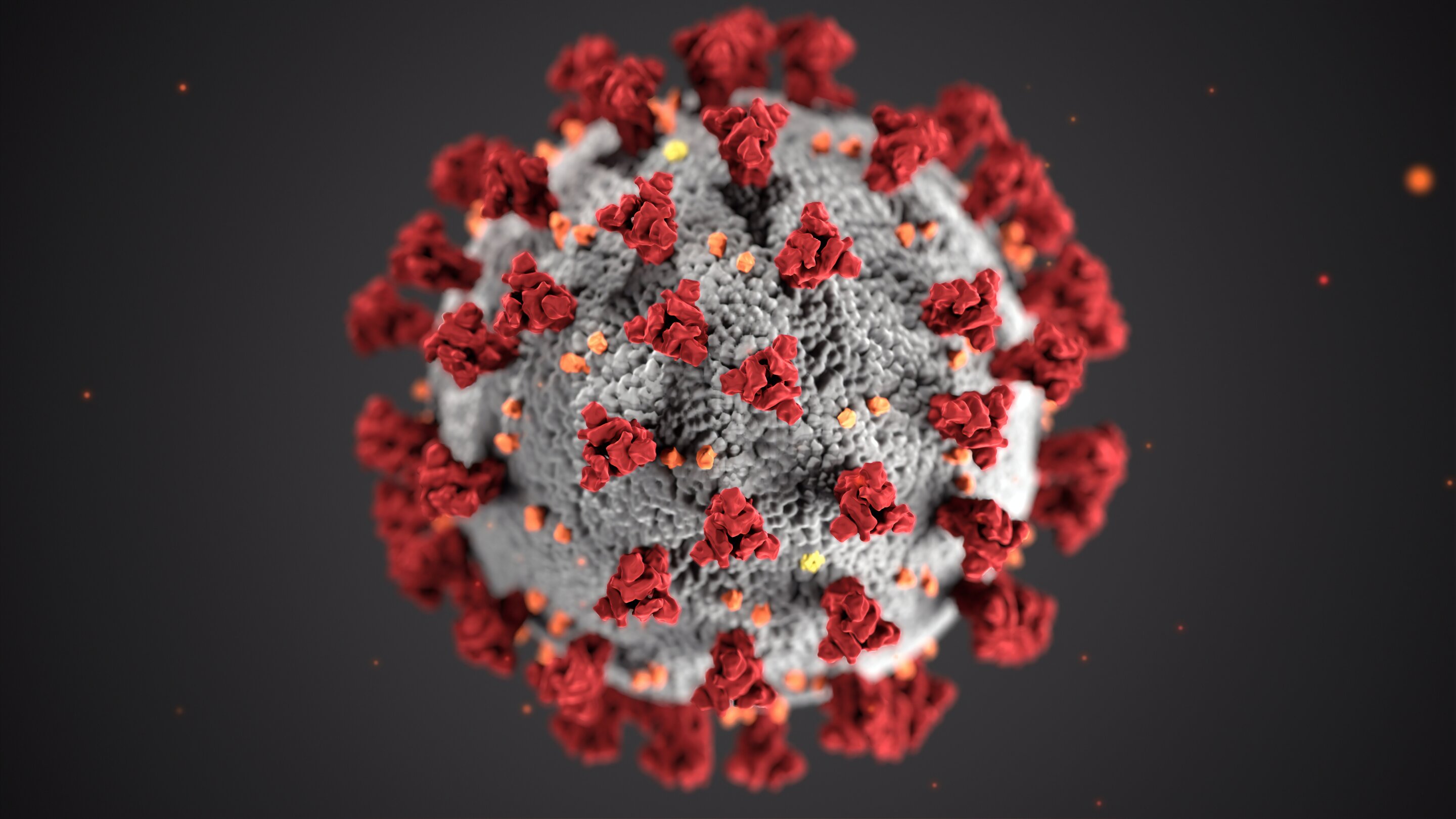
A naturally occurring peptide called PEPITEM could potentially rejuvenate the immune response in older individuals and protect against ‘inflammageing’, which is widely believed to be the root cause of many age-related diseases.
The study, published today in the journal npj Aging, raises the exciting possibility of a protective agent that could dampen age-related inflammation and restore normal immune function in older adults.
PEPITEM (Peptide Inhibitor of Trans-Endothelial Migration) was initially identified at the University of Birmingham in 2015. While the role of the PEPITEM pathway has already been demonstrated in immune-mediated diseases, this is the first data showing that PEPITEM has the potential to increase healthspan in an aging population.
Researchers, led by Drs M...
Read More








Recent Comments